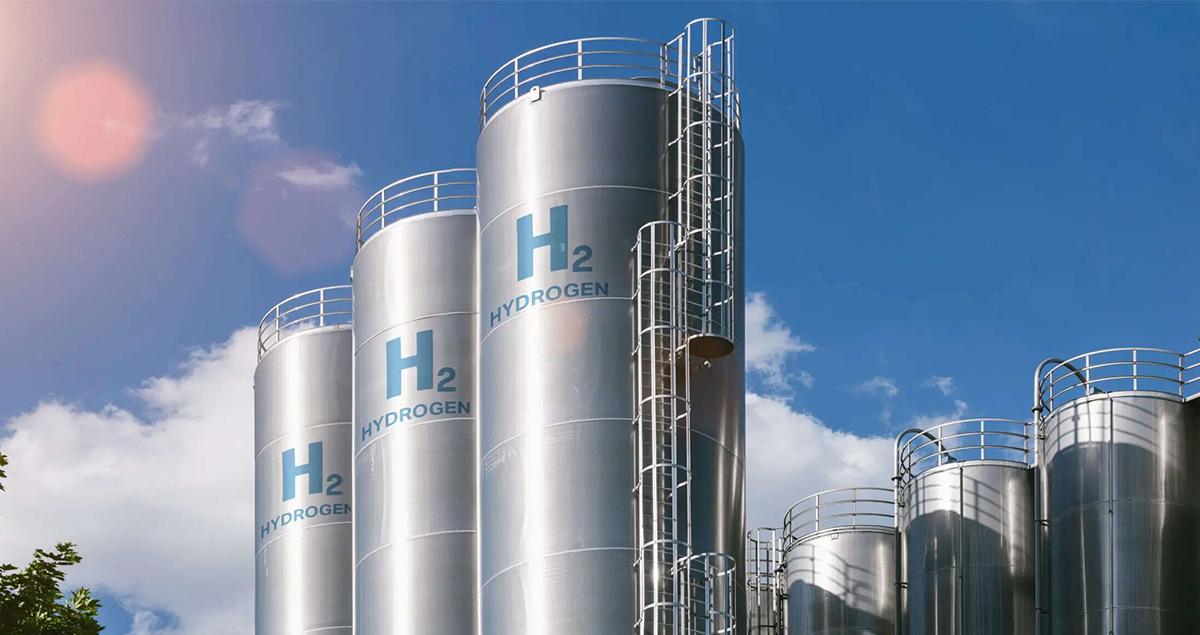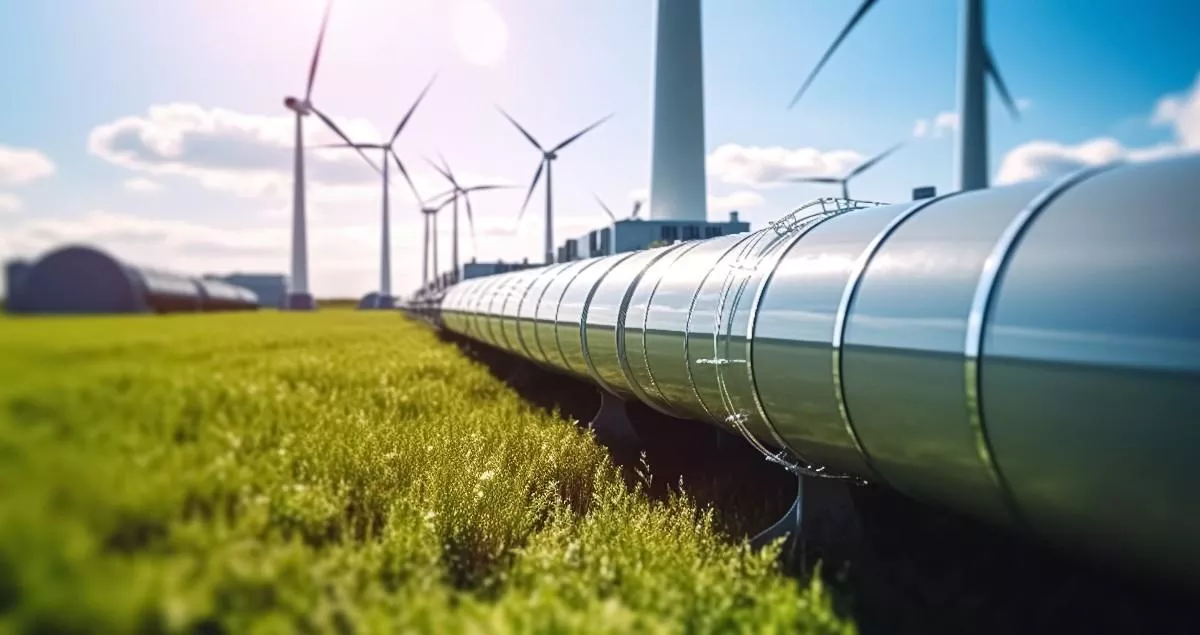What is hydrogen and why is it a vital clean energy source?

The name hydrogen derives from the Greek words for ‘water’ and ‘forming’ —information in itself that hints at why many experts believe the gas has a vital role in the energy transition.
Because the only byproduct is water when hydrogen is burned, it has the potential to decarbonize a wide variety of sectors if produced with renewable or nuclear energy, or with fossil fuels using carbon capture.
Mitsubishi Heavy Industries (MHI) Group has significant expertise in developing products and services across the hydrogen ecosystem. This article unpacks what you need to know about this clean fuel of the future.
What is green hydrogen? The different colors explained
The most abundant element in the universe, hydrogen gas is actually colorless but it is categorized using various colors to indicate its production method and environmental impact.
Black and brown refer to the traditional processes for making hydrogen, which use either black or brown coal and release high amounts of CO2. Gray hydrogen is derived from natural gas through a process called steam reforming, which is the most common production method today. It creates fewer emissions than the black or brown processes.
Then there is ‘clean’ low-emissions hydrogen: green hydrogen, made by electrolysis, using electricity from renewable sources such as wind and solar to split water into hydrogen and oxygen; pink hydrogen, made using a similar process to green but with nuclear energy; and blue hydrogen, made using fossil fuels and CO2 capture technology.
There are other shades in between, including naturally occurring gold hydrogen, reflecting the expanding range of techniques being developed to help create enough of the gas to meet growth in demand as the energy transition advances.
Read more: The colors of hydrogen: Expanding ways of decarbonization

Why is clean hydrogen important to the energy transition?
Today, hydrogen is mostly used in the refining and chemical sectors and is produced using fossil fuels. But as a versatile energy carrier, it can help tackle many critical energy challenges, according to the International Energy Agency (IEA).
Hydrogen can help to decarbonize a variety of sectors, particularly those that are difficult to electrify including heavy industries such as steel. And with a higher energy density than fully electric batteries, it could contribute to decarbonizing transport that needs to carry heavy loads over long distances, such as trucks and buses.
Hydrogen also has an important role as a storage medium for renewable energy, experts say. In the race to net zero, the installed capacity from power sources such as solar and wind is accelerating. But, dependent on weather, these sources are ‘intermittent’, leaving grids needing reliable and quickly dispatchable baseload power from another source.
Advanced gas turbines, which can emit 65% less CO2 than traditional coal-fired boilers, are one immediate option here. But hydrogen, which can be used to store clean energy for long periods of time, for example in the huge salt caverns of the Advanced Clean Energy Storage hub project in Utah, can also act like baseload power and be drawn on when required.
Read more: How hydrogen can help balance the electricity grid

What is the hydrogen economy and what is needed to create it?
Policymakers across the globe have set ambitious targets for using hydrogen to decarbonize industries currently dependent on fossil fuels. In total, 60 governments have adopted hydrogen strategies, according to IEA data.
Building a hydrogen economy (or ecosystem), encompassing the production, storage, distribution and use of hydrogen, will be key to meeting these goals.
Vital to this will be developing and scaling up electrolysis technology, building the tanks and pipelines needed for hydrogen to be stored and moved safely and efficiently, and ensuring vehicles and industrial plants are built or adapted to run on hydrogen.
To achieve the scale needed to reach net zero by 2050, however, both the supply of and demand for hydrogen will need to grow significantly.
Pragmatic policies and market frameworks are needed to accelerate adoption, according to Emmanouil Kakaras, Executive Vice President, GX Solutions, EMEA at MHI. Focusing on the most promising projects that can be replicated at scale will be key to this, he says.

Hydrogen and Ammonia case studies
Boosting green hydrogen with solid oxide electrolysis cells
How hydrogen can get Europe’s inland waterways to net zero
The road to decarbonization: Hydrogen in heavy-duty transport
Pipes, ports and electrolyzers: Europe’s hydrogen future
The three phases to green steel production
Ammonia: Cracking hydrogen’s transport challenge
The road to net zero: Ammonia’s role in the energy transition
How ammonia will fuel the ships of Asia
Discover more about MHI’s hydrogen and ammonia solutions





